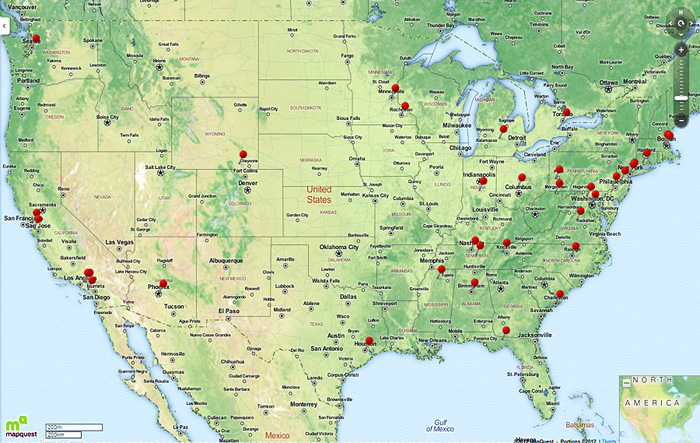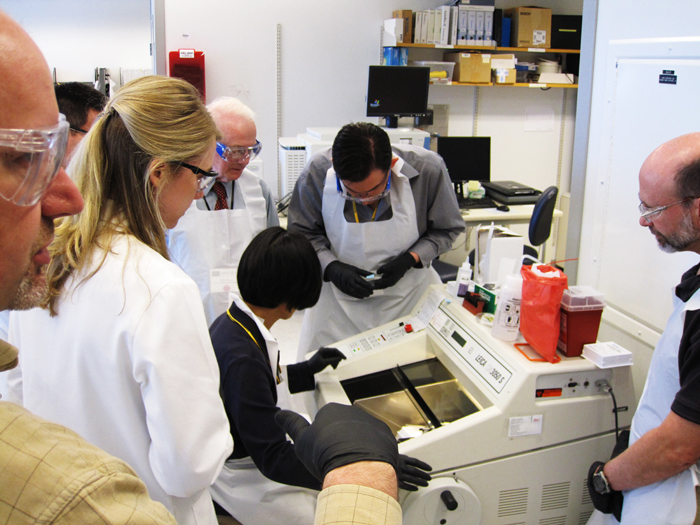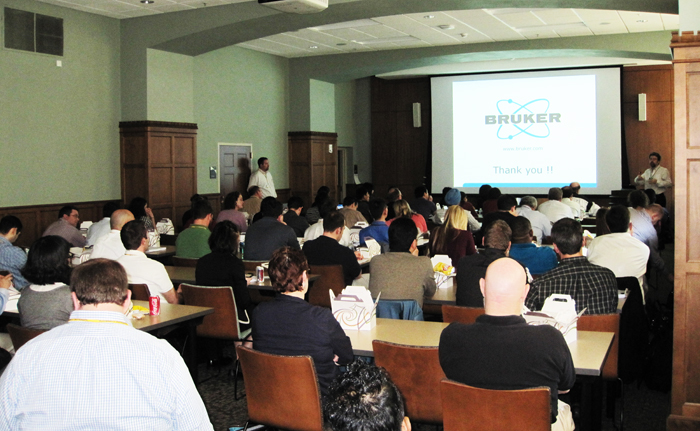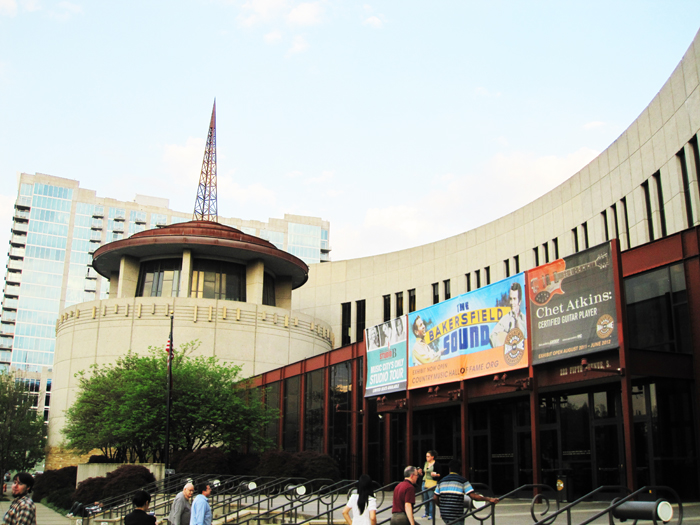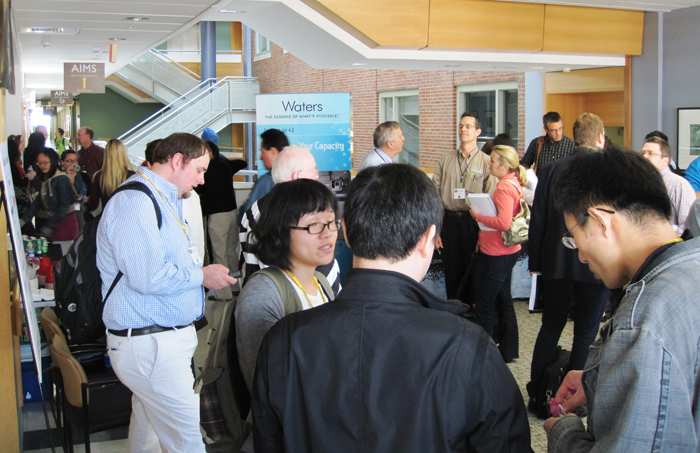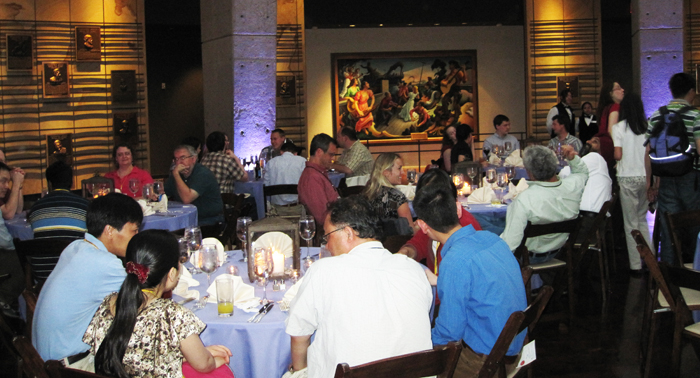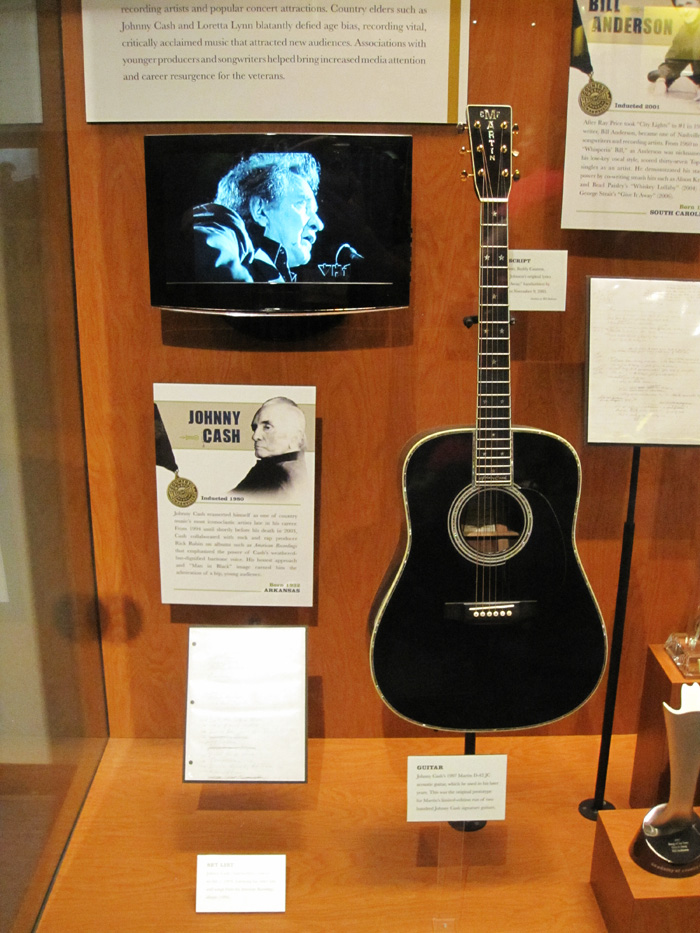AIMS 2012
Synopsis
The first Advanced Imaging Mass Spectrometry (AIMS) course was held at Vanderbilt March 26-29, 2012. It was designed for mid-level to senior investigators and was limited to no more than two individuals from a single institution. The course consisted of lectures and hands-on workshops and covered topics including sample preparation, matrix application, practical and advanced instrumentation, and computational aspects. Members of the MSRC gave the main lectures and led all the associated workshops. In addition, four external speakers were invited to give lectures on their areas of expertise. Lara Gamble, Associate Director of the National ESCA and Surface Analysis Center for Biomedical Problems (NESAC/BIO), gave a lecture on TOF-SIMS imaging and analysis, and Gary van Berkel from Oak Ridge National Laboratories gave a lecture on liquid extraction surface sampling probes. Kristina Schwamborn, a pathologist at the Technical University of Munich, discussed imaging mass spectrometry as it impacts the field of pathology, and Steve Castellino, from GlaxoSmithKline, discussed IMS from the pharmaceutical industry perspective.
On the third day of the course, all attendees were invited to the Country Music Hall of Fame and Museum for a private dinner and tour. The dinner took place in the Hall of Fame Rotunda, and after dinner everyone was allowed to go through the museum at their own pace. The final day began with 2.5 hrs set aside for vendor demonstrations where participants were able to interact closely with the companies that provide instrumentation that supports imaging mass spectrometry. The day concluded with a lecture highlighting some special topics, including membrane proteins, lipid imaging, and protein identification.
Itinerary
View the 2012 Course Schedule
View the 2012 Final Agenda
Attendees
A total of 53 individuals registered for the course, and an additional 17 individuals representing vendors were also present. The attendees represented academia (60%), industry (30%), and government (10%) laboratories, and came from 24 different states and four countries (Canada, Australia, Germany, and Italy).
